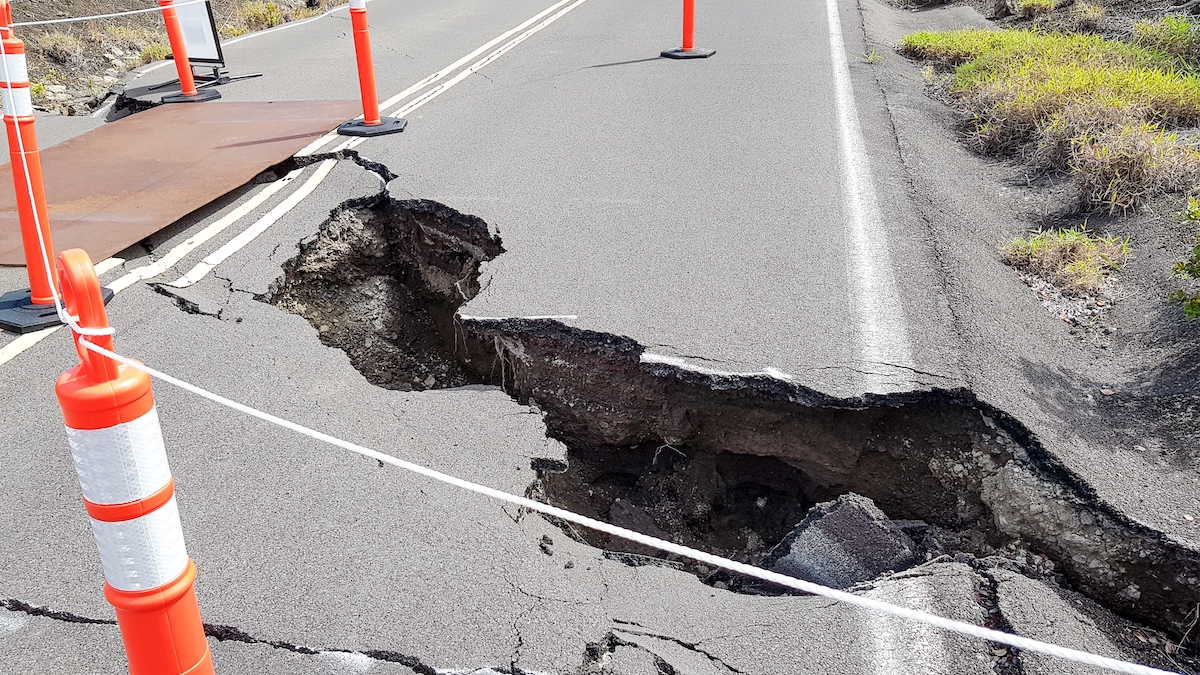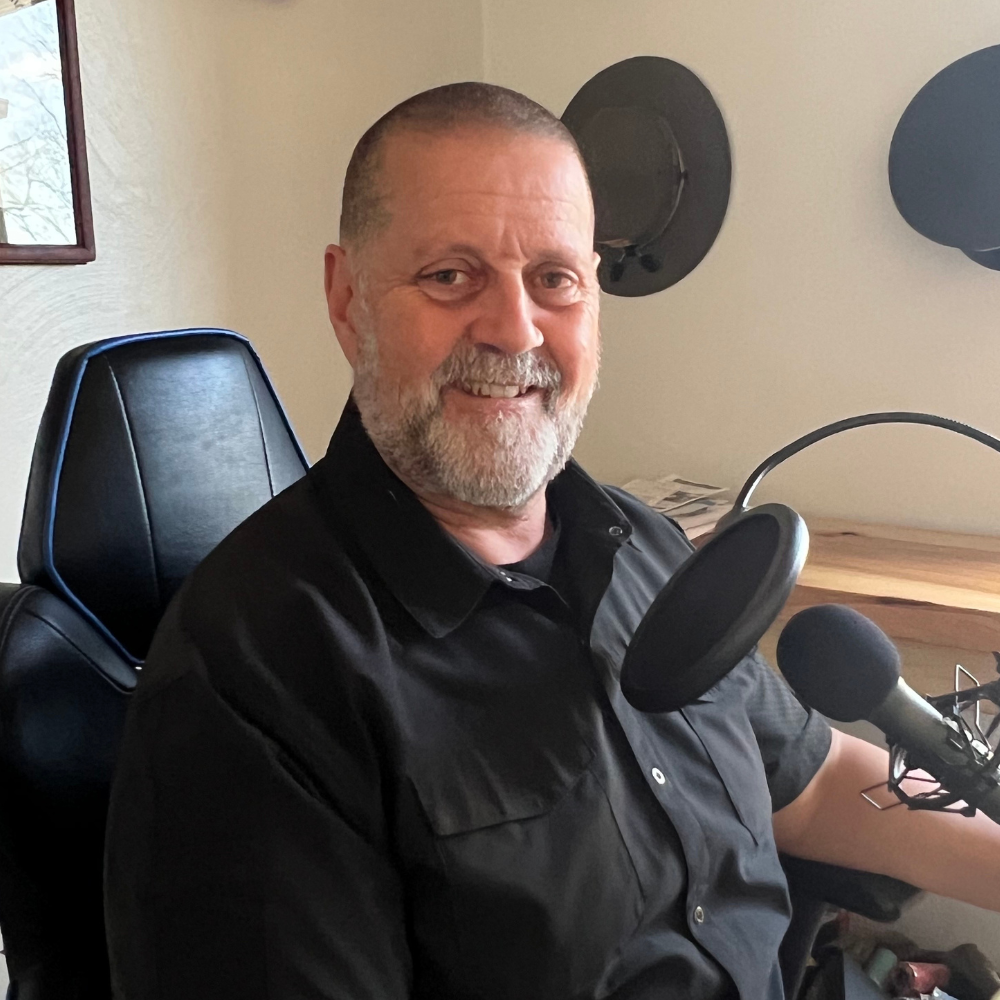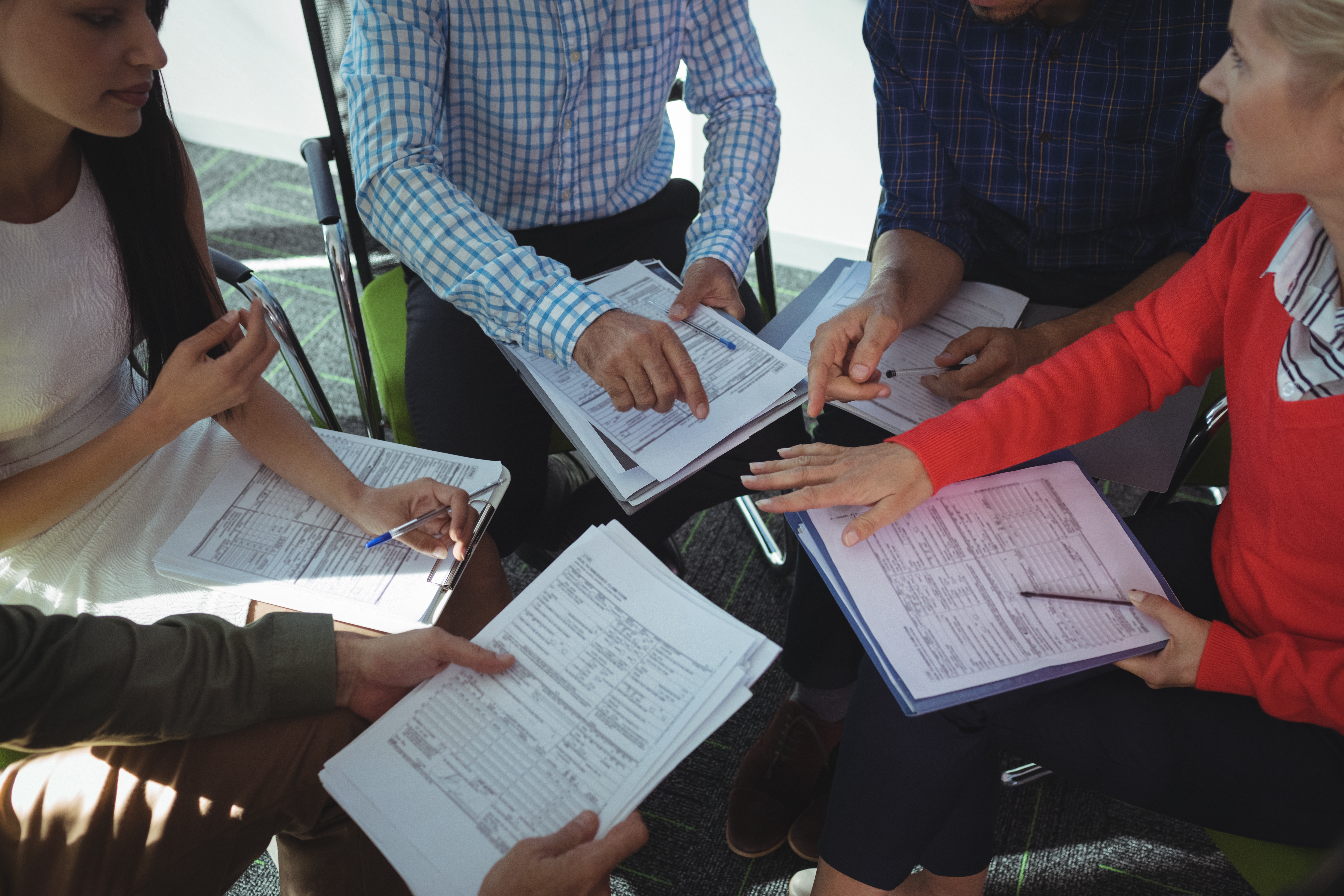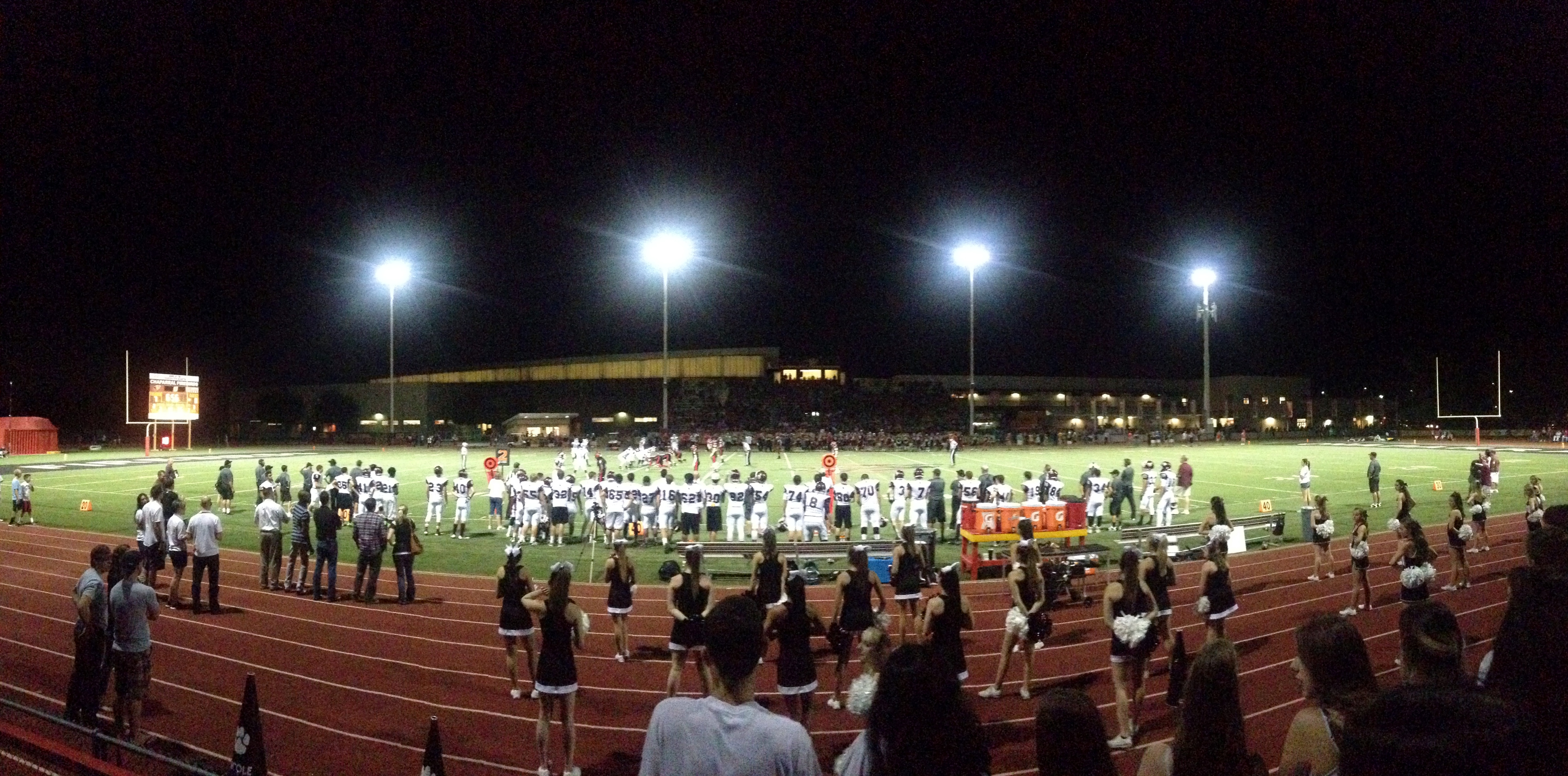Every October, we begin to think about the “Great Shake Out” regardless of where we live. The reason for this is that earthquakes are unique in the way we respond to them. While other natural disasters have similar effects, there is one unique aspect of earthquakes that none of the other disasters have: they can happen with essentially zero warning. Being from California, I have been through many earthquakes, all of which were a complete surprise to everyone. There is much better monitoring of known earthquake faults, and the ability to predict earthquakes is much better and more accurate than ever. However, when we say “predict” and get an early warning of that prediction, we are still talking about several seconds, not hours or days.
To put this into perspective for those of you who don’t have earthquakes, that is like having a completely sunny day with no wind or clouds in the sky, and a tornado destroys your entire town. Of course, none of us can ever say never about earthquakes. In 2011, I attended training in the Washington, DC, area for ten weeks. While there, I went into DC and took a tour of the Washington Monument. Again, being from California, I told one of the park rangers that I would not want to be at the top of the monument during an earthquake, calling it an “E-ticket” ride. The ranger’s response was she laughed and said, “We don’t have earthquakes here; you must be from California.” We both giggled, and I confirmed I was from California.
Approximately two weeks later, on August 23, 2011, the DC area suffered from a 5.8 magnitude earthquake. The largest earthquake to hit the East Coast in over 100 years, causing between $200-300 million in damage, including to the Washington Monument. There is an excellent video of what happened inside the monument during the earthquake, not far from where the ranger and I had that short conversation. We’ll talk more about where I was and what happened to me during that particular earthquake when I discuss leadership and dealing with the unexpected.
In our last blog, we discussed “Building Heroes”. We meant to convey that in times of emergencies and crises; we will primarily look to our school leadership to lead us through these emergencies, especially before emergency services arrive. And giving them the tools AND the training they need to meet their obligations. This has never been more true or more important than when discussing emergencies impacting the entire community. When events impact the entire community, and everyone needs help, you can expect the help you need to be delayed significantly. The immediate response to those emergencies on your campus will be entirely up to you and how well you are prepared for this type of emergency. Unlike an active threat scenario, where you will be the focus of everyone’s attention and response, you will likely be less of a priority.
In reality, you are more likely to experience a community-wide catastrophe than you are an active threat event. This is why we have to practice events from start to finish: to understand what we likely will face when no one is coming to help us, at least for a while. I understand that we can’t be expected to practice every type of emergency from start to finish, but if we only practice a lockdown in an active threat scenario, we are missing 2/3 of the event. This is especially true from the leadership perspective and why tabletop exercises are so important. Tabletop exercises allow you to practice every aspect of an event relatively quickly. You can also focus on those aspects of an emergency that the rest of the school doesn’t need to be involved in. Why is leadership and being prepared to respond to emergencies, even if you never expect to have one, so important when something DOES happen?
As mentioned earlier, I was in the DC area before and during the 2011 earthquake. I was in a ten-week training program about thirty miles away from DC. I was in class when the earthquake struck. It surprised everyone and caused a fair amount of panic from those who had never experienced an earthquake. The leadership of the training course was unsure of what to do and was stuck as to what was needed. I approached one of the instructors and asked if I could help. My instructor indicated he did not know what to do, so I stepped in and assisted him. As we were helping to initiate the initial evacuation, one of the program leadership team members came and told us that everyone was released for the day, and the leadership team was also headed home.
That would have been fantastic advice, but there were 250 attendees at this training, and we were all housed in the dorm; none of us could actually leave. Then I started to rattle off all the things that needed to be done before any of the leadership could leave: building inspection for damage (to ensure we had a safe place to sleep), inspecting the kitchen (so we had a place to eat), inspect the plumbing (for obvious reasons), etc. As it turned out, the kitchen had been impacted, so we had to find food services elsewhere on the campus.
The point is that people look to the leadership to respond appropriately in a crisis. If we don’t provide the leadership with the capabilities to respond appropriately when no help is coming or is delayed, we are setting them up for failure.












No Comments Yet
Let us know what you think